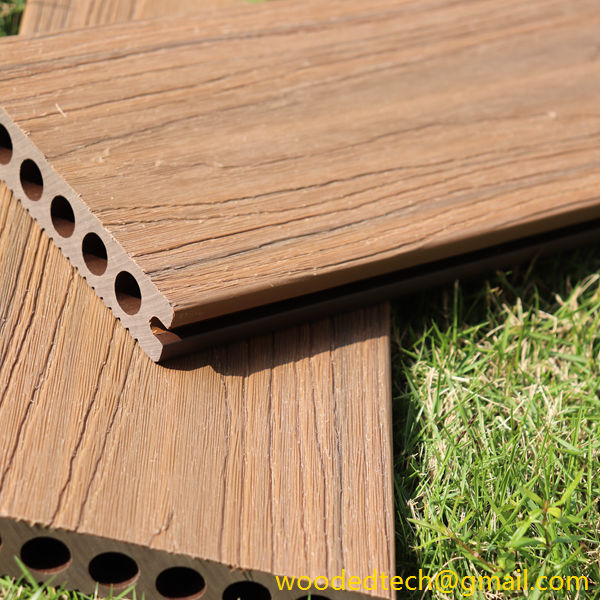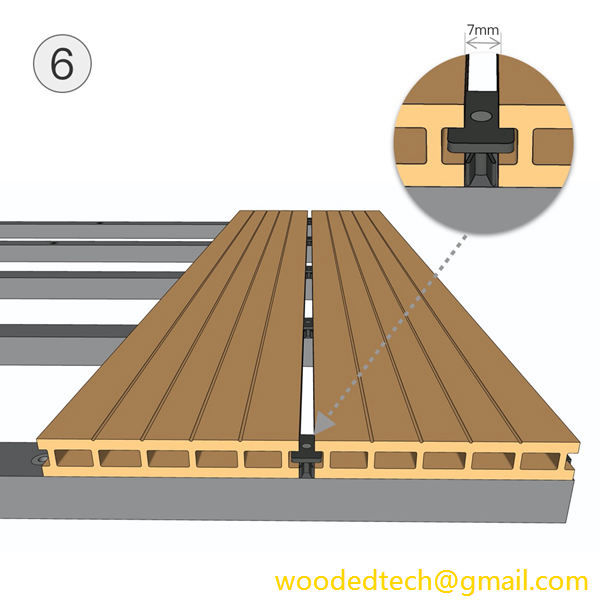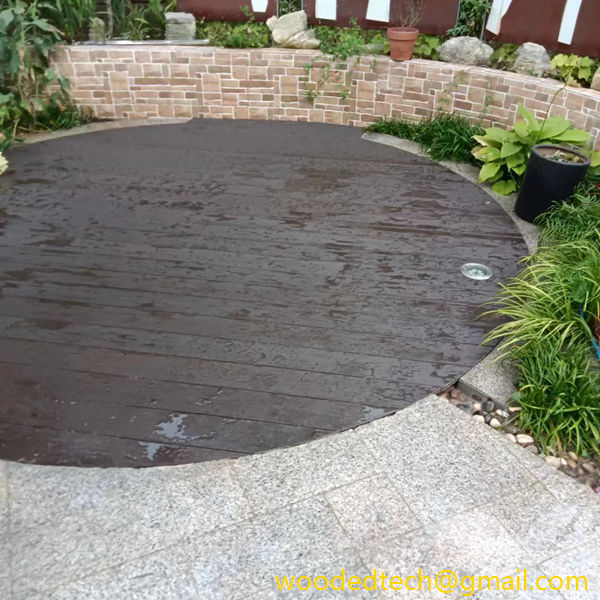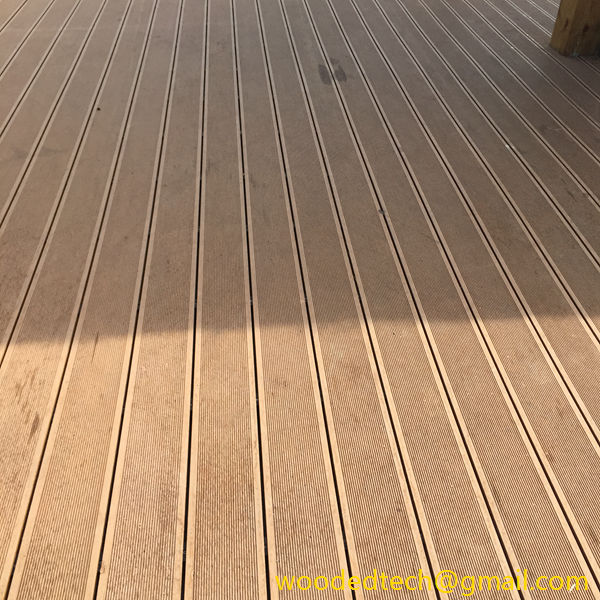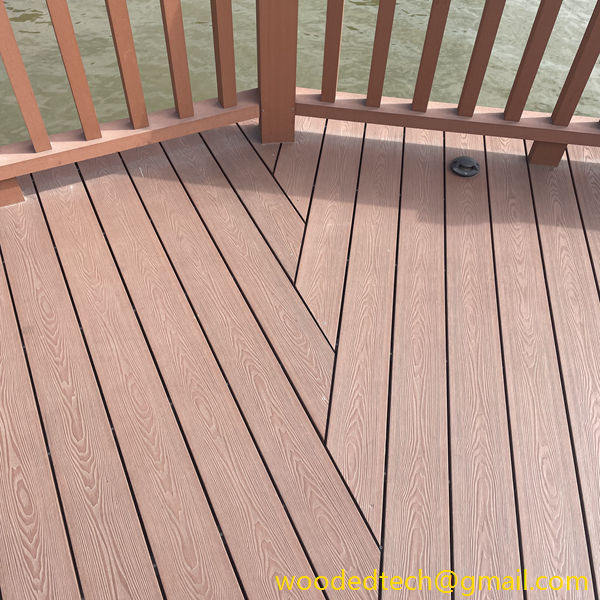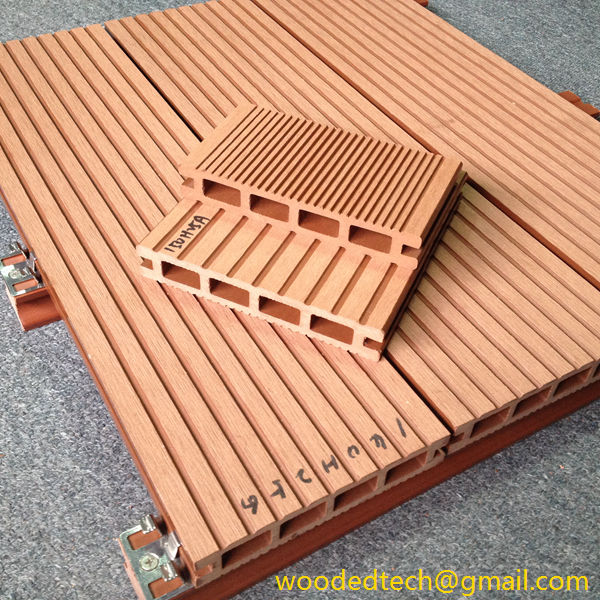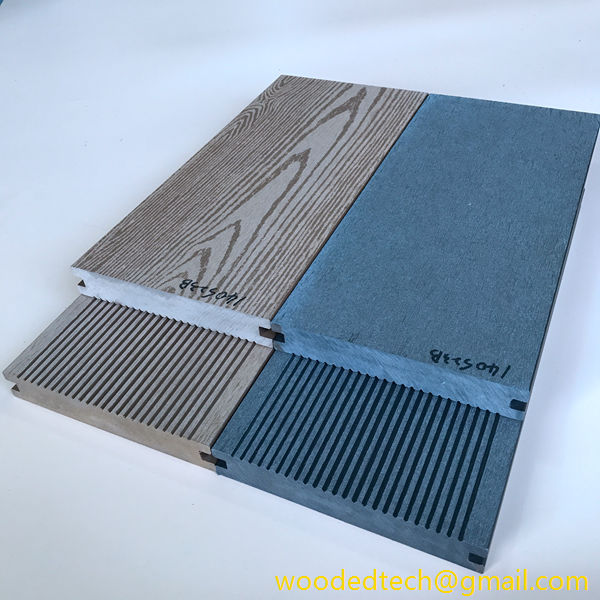Evaluating Price of Capped Composite Decking for Your Needs
Evaluating Price of Capped Composite Decking for Your Needs When it comes to enhancing outdoor spaces, capped composite decking has increasingly become a popular choice among homeowners. This innovative material combines the beauty of wood with the durability of synthetic materials, resulting in a product that offers both aesthetic appeal and longevity. However, with various…
Evaluating Price of Capped Composite Decking for Your Needs
When it comes to enhancing outdoor spaces, capped composite decking has increasingly become a popular choice among homeowners. This innovative material combines the beauty of wood with the durability of synthetic materials, resulting in a product that offers both aesthetic appeal and longevity. However, with various options available on the market, evaluating the price of capped composite decking for your specific needs can be a daunting task. Understanding the factors that influence pricing and the benefits of investing in this type of decking can help you make an informed decision.
Capped composite decking is constructed with a blend of wood fibers and plastic, which is then capped with a protective layer that resists moisture, stains, and fading. This unique composition not only enhances its durability but also minimizes the maintenance required over time. Traditional wood decking, while visually appealing, often requires regular sealing, staining, and treatment to prevent rot and insect infestation. In contrast, capped composite decking can be easily cleaned with soap and water, making it a low-maintenance alternative that can save homeowners both time and money in the long run.
When evaluating the price of capped composite decking, several factors come into play. One of the most significant influences is the quality of the materials used in its production. Higher-quality capped composite boards typically contain a higher percentage of wood fibers and boast a thicker protective cap, which directly impacts their durability and lifespan. While these premium options may come with a higher upfront cost, they often prove to be more economical over time due to their resistance to wear and tear, as well as their ability to maintain their appearance without extensive maintenance.
Another factor to consider is the brand reputation. Established brands often invest in research and development to create superior products that stand up to the rigors of outdoor use. These brands may offer warranties that provide peace of mind, protecting your investment for years to come. While it may be tempting to opt for less expensive, lesser-known brands, doing so can lead to disappointment if the product fails to meet your expectations in terms of quality and longevity.
Additionally, the design and aesthetic options available can affect the price of capped composite decking. Many manufacturers offer a wide range of colors, textures, and styles to suit various design preferences. While more intricate designs or unique colors may come at a premium, they can also enhance the overall look of your outdoor space, potentially increasing your property’s value. When evaluating the price, consider how these aesthetic choices align with your overall vision for your deck and how they may contribute to your home’s curb appeal.
The size of your decking project is another crucial element to consider when assessing price. The total cost will naturally depend on how much decking material is required to cover your desired area. It is essential to take accurate measurements and factor in any additional features, such as railings, stairs, or built-in seating, which will also contribute to the overall cost. To ensure you stay within your budget, it can be helpful to develop a comprehensive plan that outlines both the materials needed and any labor costs associated with installation.
Installation is a critical factor that can also influence the total price of your capped composite decking project. While some homeowners may choose to undertake the installation themselves to save on costs, others may prefer to hire professionals to ensure a high-quality finish. If you opt for professional installation, obtaining multiple quotes from different contractors is advisable to ensure you receive a fair price. Keep in mind that skilled installers will have experience working with composite materials, which can make a significant difference in the longevity and appearance of your deck.
In addition to the initial purchase price, it is essential to consider the long-term value of capped composite decking. Although the upfront investment may be higher than that of traditional wood decking, the reduced maintenance costs and increased durability can lead to substantial savings over time. Furthermore, capped composite decking is often backed by warranties ranging from 10 to 25 years, providing additional assurance that your investment is well-protected.
As you evaluate the price of capped composite decking for your needs, it is also helpful to consider the environmental impact of your choice. Many manufacturers use recycled materials in their products, making capped composite decking a more sustainable option compared to traditional wood sourced from forests. Investing in eco-friendly materials not only contributes to the health of the planet but also aligns with the growing consumer demand for sustainable building practices.
In conclusion, when evaluating the price of capped composite decking, it is crucial to consider various factors including material quality, brand reputation, design options, project size, installation costs, and long-term value. By taking the time to thoroughly assess these elements, you can make an informed decision that aligns with your aesthetic preferences and budgetary constraints. Ultimately, choosing capped composite decking can enhance your outdoor space, providing a beautiful, durable, and low-maintenance solution for years to come.

